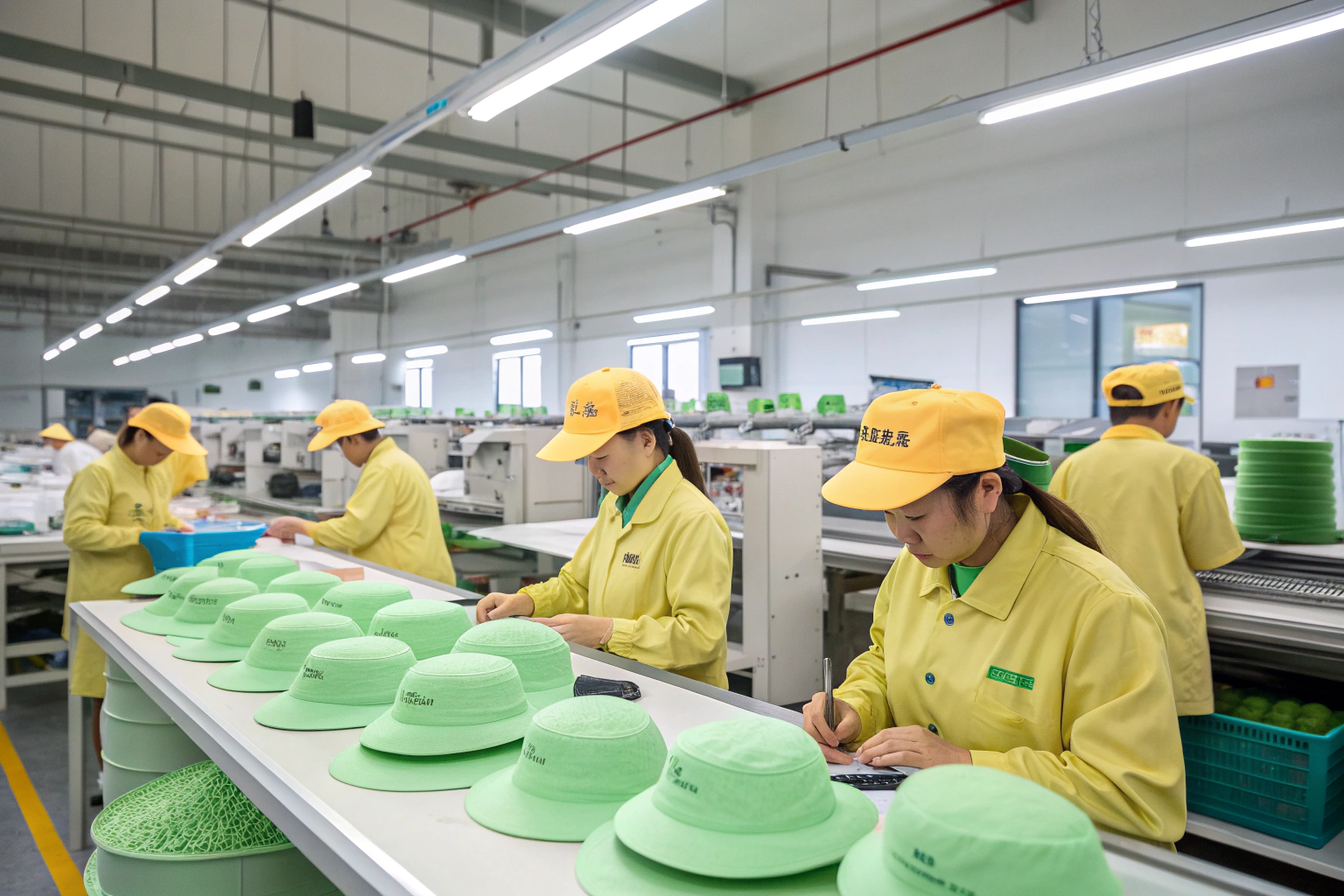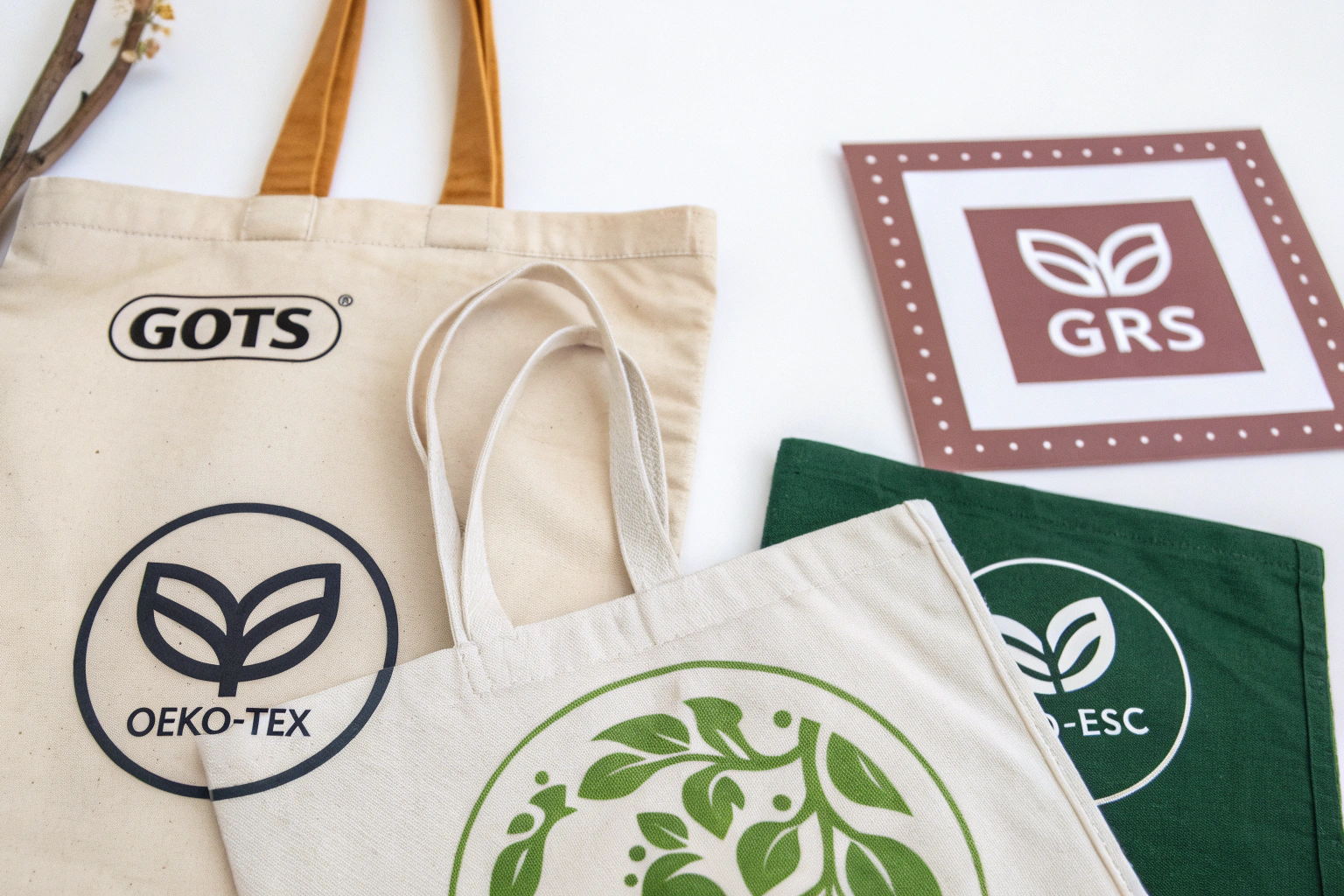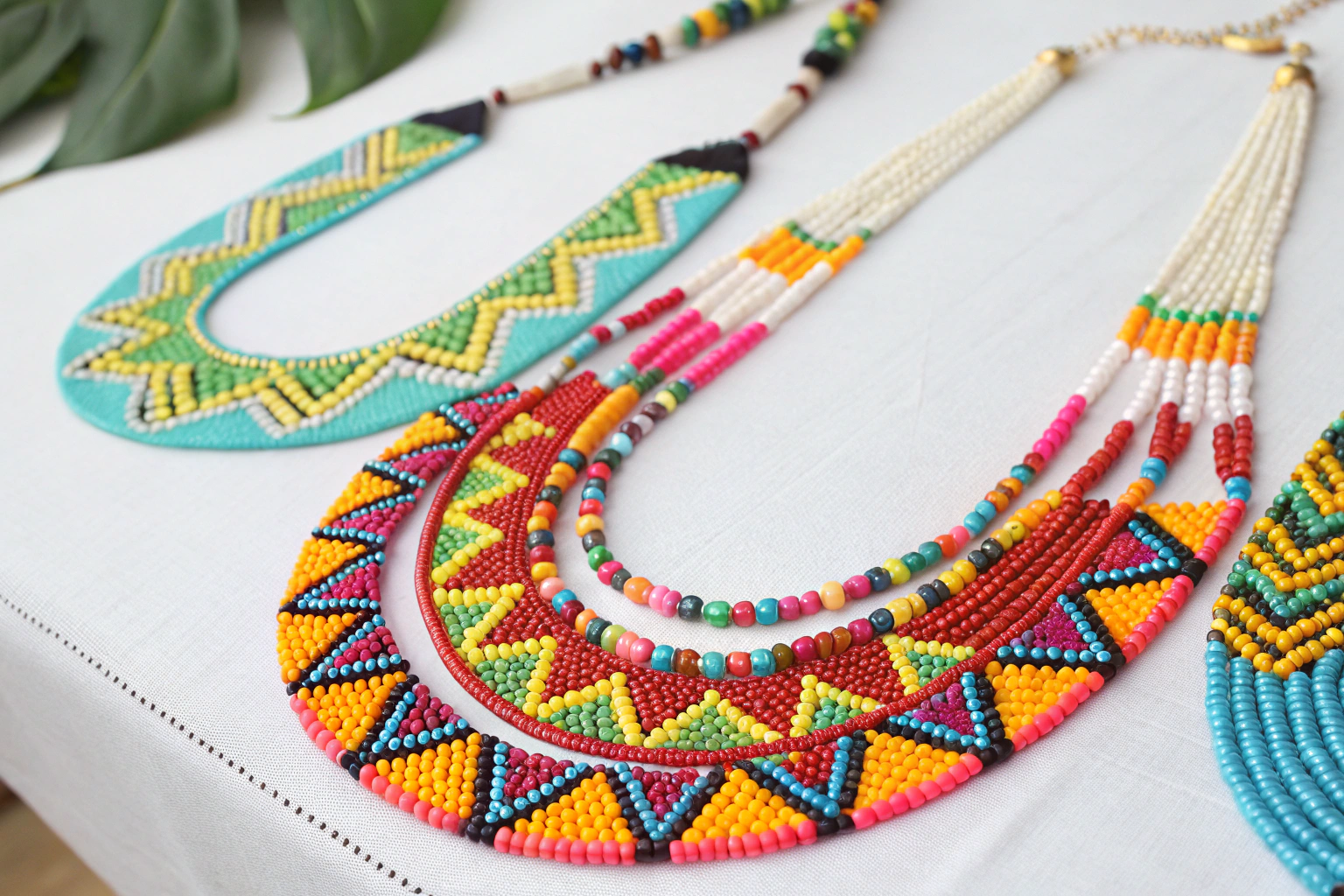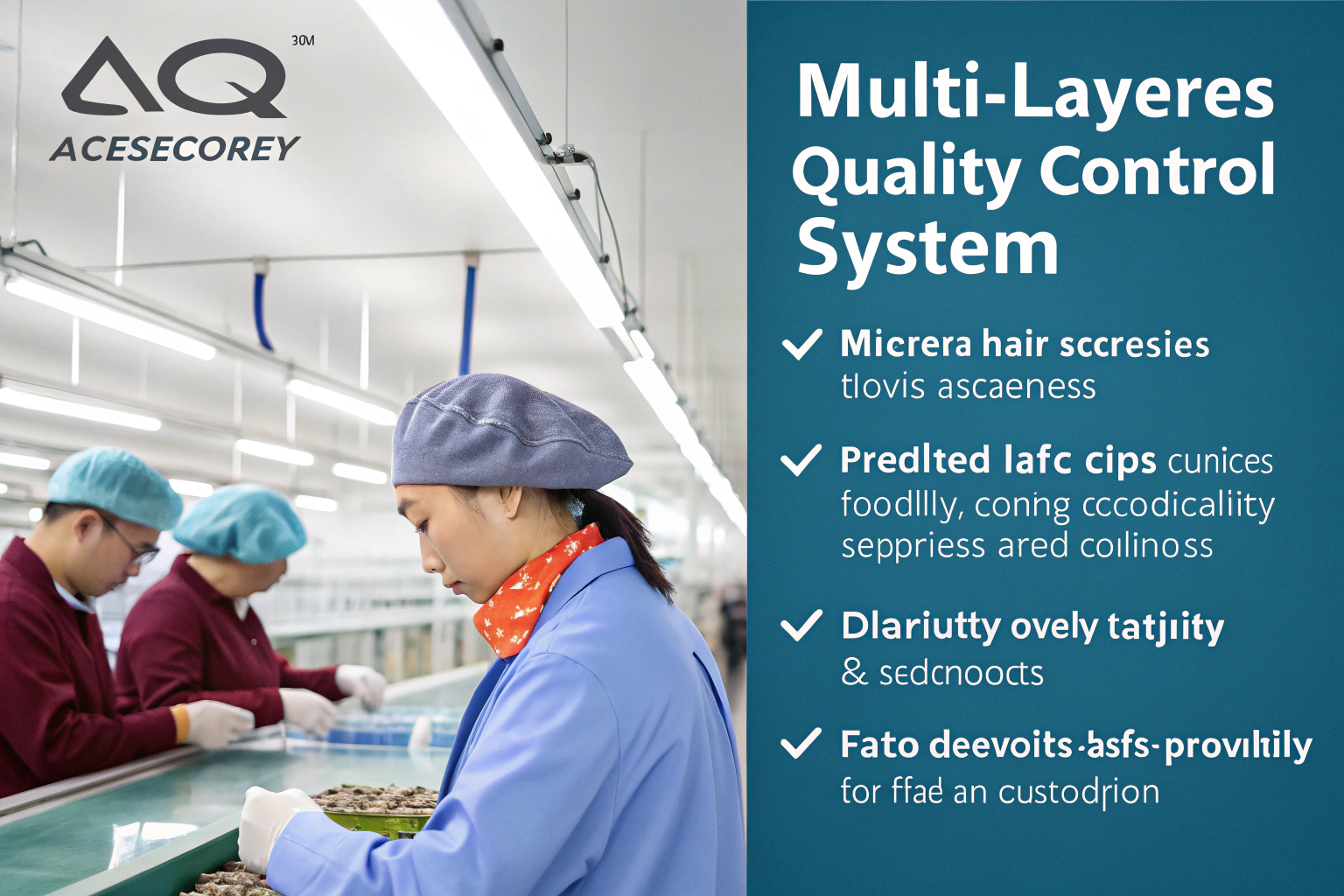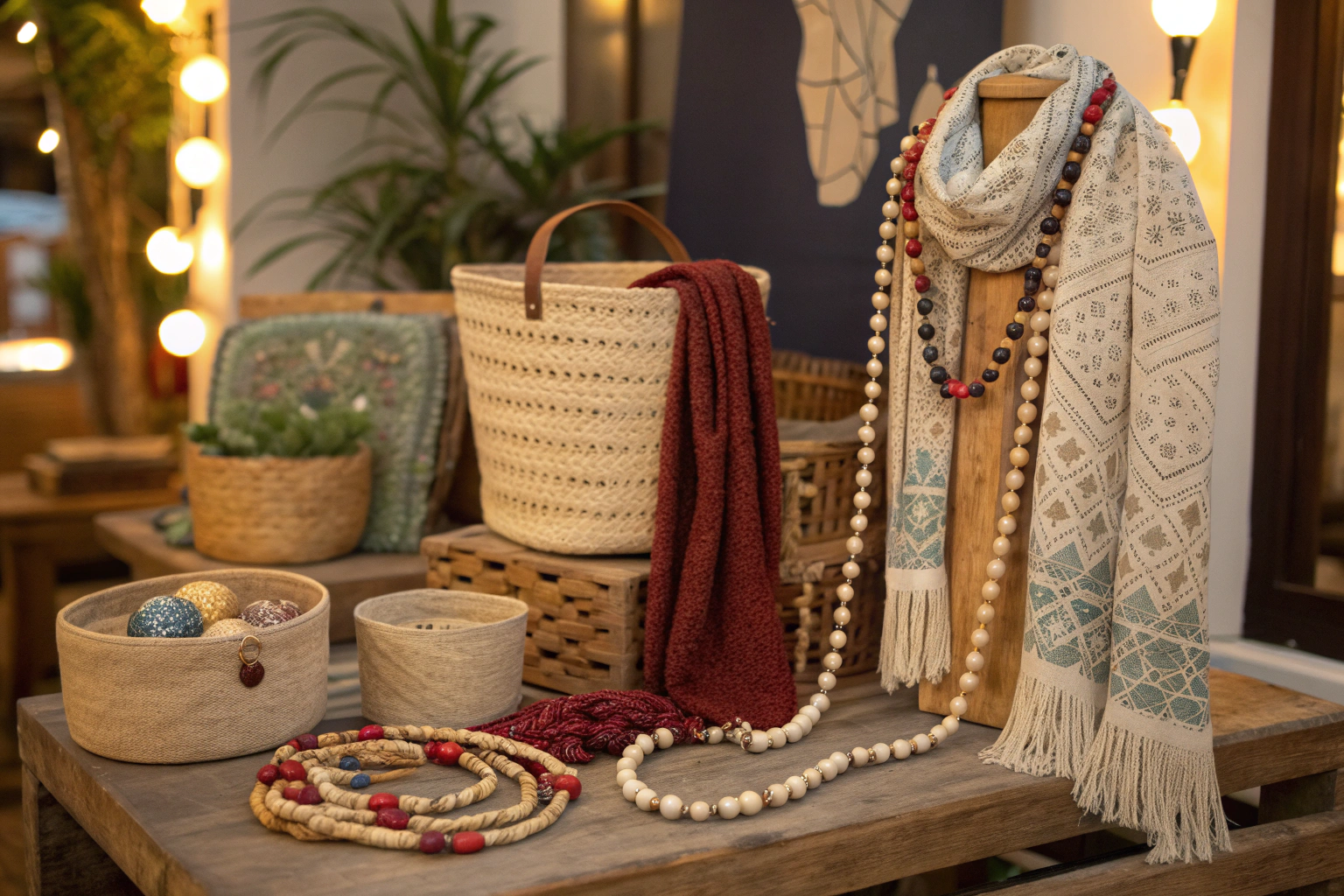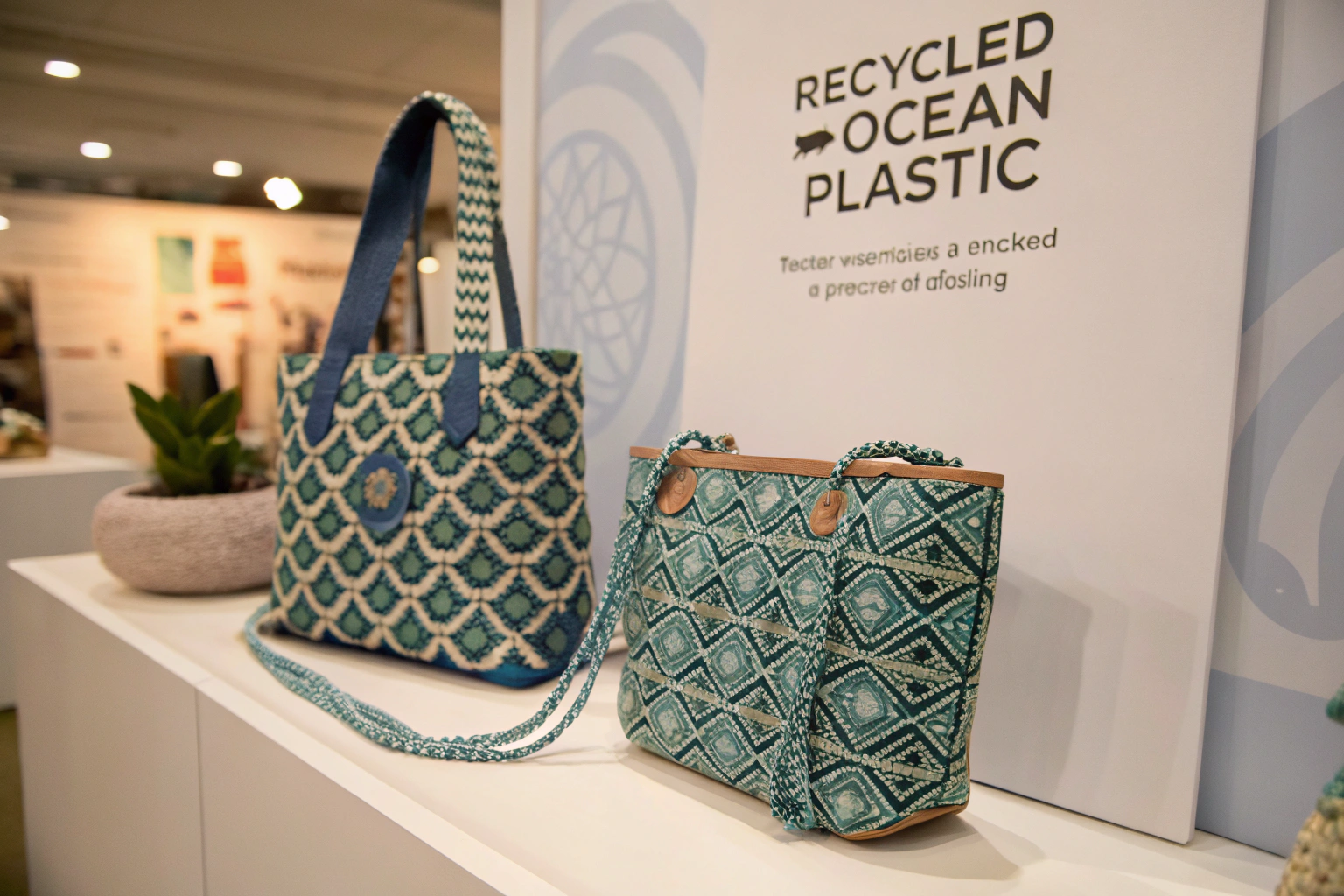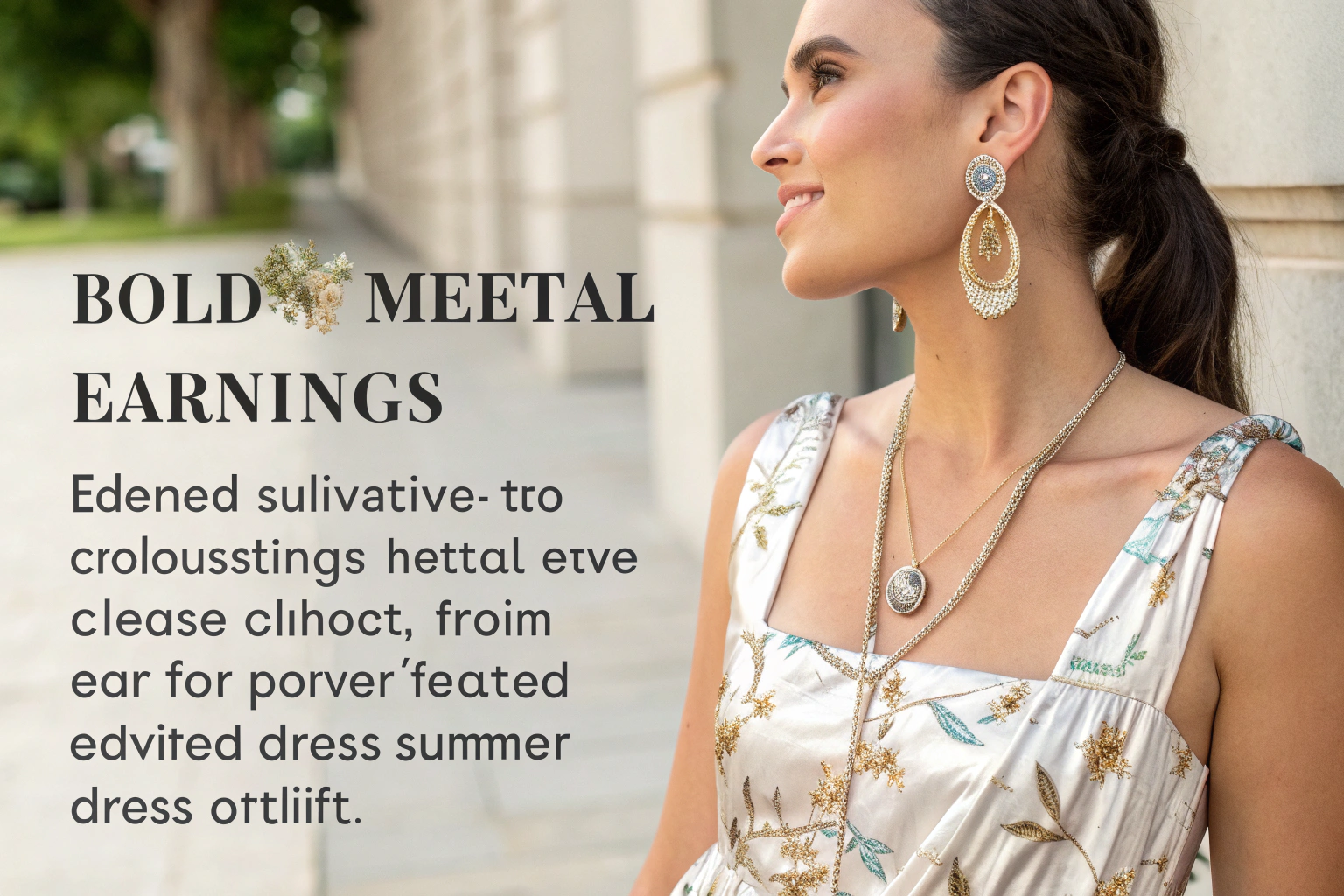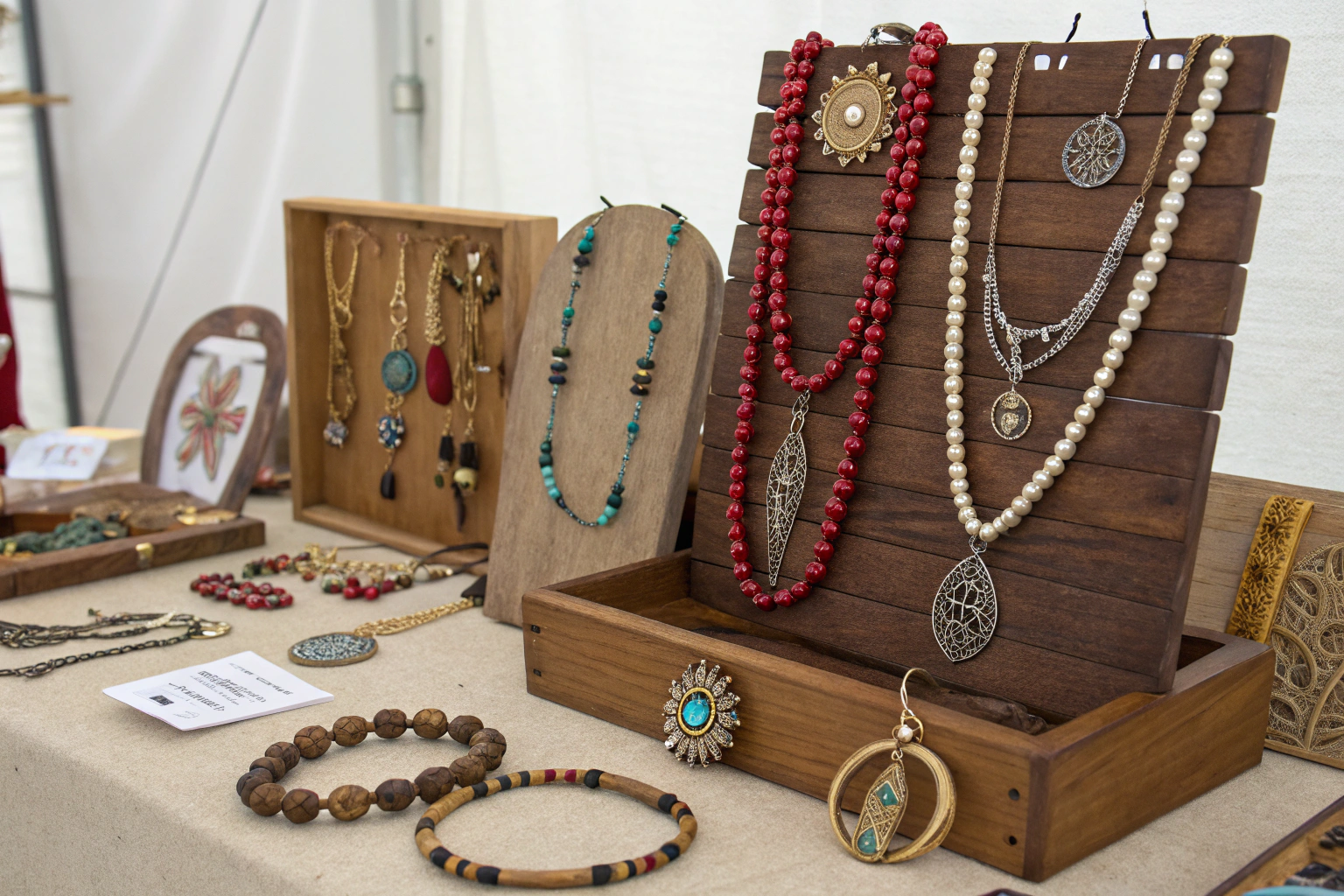As a manufacturer in the fashion accessory industry, I've witnessed firsthand the growing demand for eco-friendly products. Our clients in North America and Europe are increasingly asking about sustainability. This shift is not just a trend; it's a fundamental change in how we produce and consume accessories. At AceAccessory, we believe that sustainable materials are the future of our industry.
Sustainable materials are revolutionizing accessory manufacturing by reducing environmental impact, meeting consumer demand for eco-friendly products, and creating new opportunities for innovation and cost savings. These materials offer practical benefits for both manufacturers and brands while addressing critical environmental concerns. The revolution is already underway, and early adopters are seeing significant advantages in market positioning and customer loyalty.
The transition to sustainable manufacturing might seem challenging, but the benefits are too significant to ignore. In this article, we'll explore how eco-friendly materials are transforming our industry and why this revolution matters for your business.
What Are the Most Popular Sustainable Materials for Accessories?
The world of sustainable materials is diverse and constantly evolving. At our factory, we've tested numerous eco-friendly options to find the best ones for accessory production. The most popular materials balance environmental benefits with practical manufacturing requirements.
The most popular sustainable materials for accessories include organic cotton, recycled polyester, bamboo fibers, and bio-based plastics. These materials offer excellent performance characteristics while reducing environmental impact. They're readily available, cost-effective, and appeal to environmentally conscious consumers. Our clients particularly appreciate these options because they maintain quality while supporting sustainability goals.
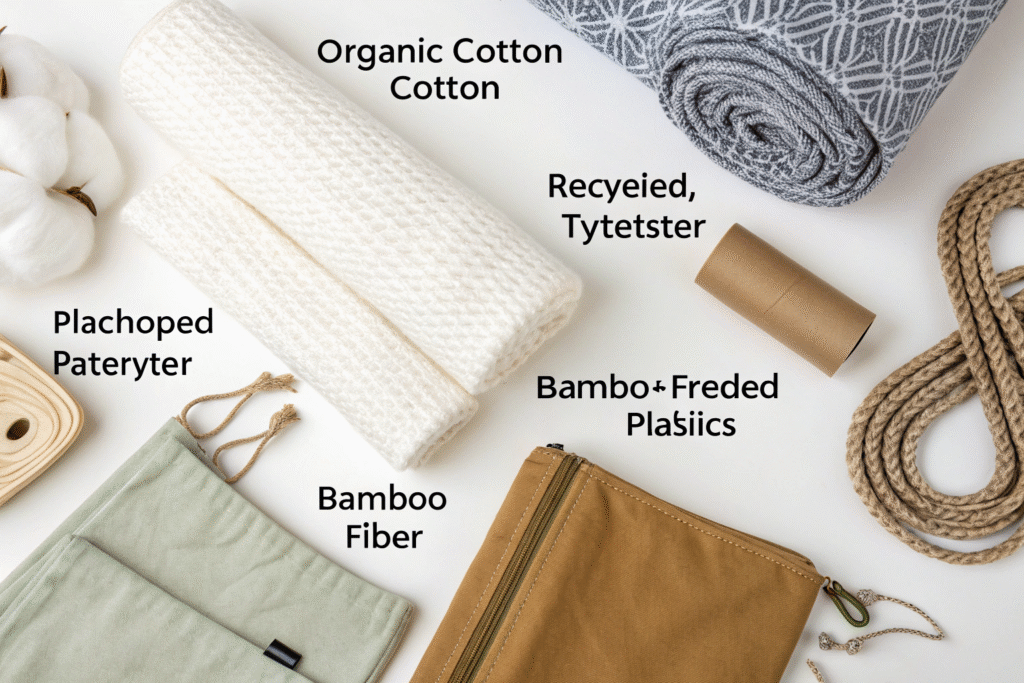
Why Choose Organic Cotton Over Conventional Cotton?
Organic cotton has become a staple in our sustainable accessory lines. Unlike conventional cotton, it's grown without synthetic pesticides and uses less water. We've found it particularly suitable for hair accessories, scarves, and cloth hats.
The production process for organic cotton follows strict environmental standards. The Global Organic Textile Standard provides certification that ensures authenticity. In our experience, products made from organic cotton have better consumer appeal in European and American markets. The material is soft, durable, and perfect for sensitive skin. Many of our clients choose organic cotton for baby and children's accessories specifically for this reason.
How Does Recycled Polyester Compare to Virgin Polyester?
Recycled polyester represents a major breakthrough in sustainable manufacturing. We source ours from post-consumer plastic bottles, transforming waste into valuable accessory materials. The quality is comparable to virgin polyester but with significantly lower environmental impact.
The production of recycled polyester requires up to 50% less energy than virgin polyester. It's become our go-to material for many hair accessories and bags. The material maintains excellent durability and color fastness. Our quality control team has conducted extensive testing to ensure it meets the same high standards as conventional materials. The Textile Exchange provides valuable resources about recycled materials that align with our manufacturing practices.
How Do Sustainable Materials Impact Production Costs?
Many manufacturers worry that sustainable materials will increase production costs. While there are some additional expenses, the overall financial picture is more complex. At AceAccessory, we've found that smart implementation of sustainable materials can actually improve profitability.
Sustainable materials can initially increase raw material costs by 15-30%, but these are offset by long-term savings and market advantages. Production efficiencies, waste reduction, and premium pricing opportunities help balance the initial investment. Many clients are willing to pay slightly higher prices for sustainable products, making the transition financially viable.
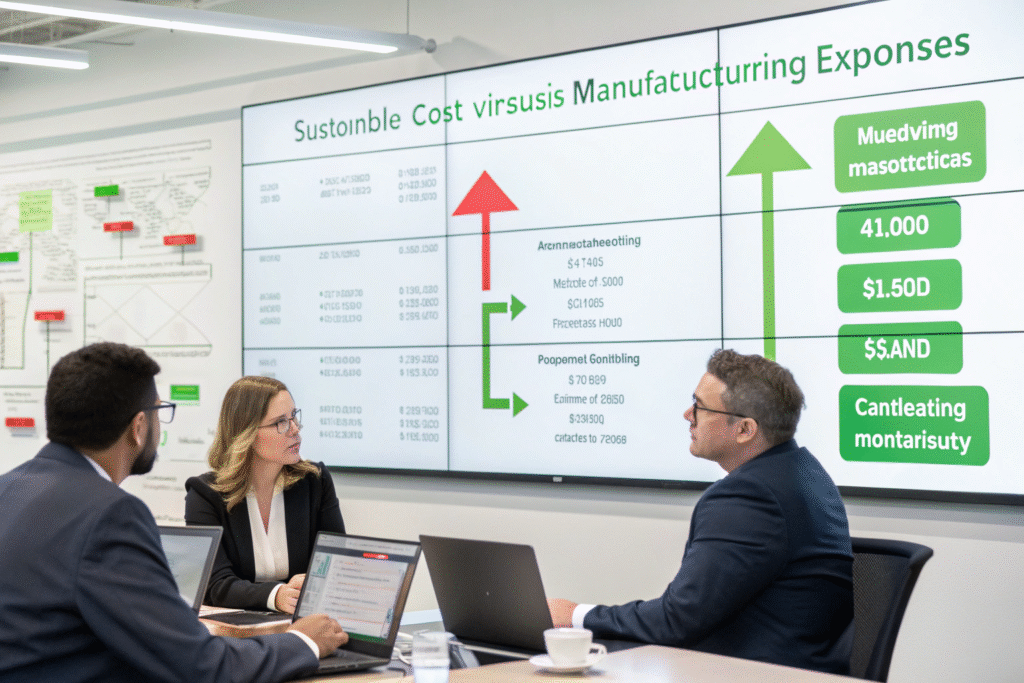
What Are the Hidden Cost Benefits of Sustainable Manufacturing?
The cost benefits of sustainable manufacturing extend beyond material prices. We've identified several areas where eco-friendly practices save money. Reduced waste disposal costs and improved production efficiency contribute significantly to the bottom line.
Our factory has implemented a comprehensive waste management system that turns production scraps into new materials. This circular approach has reduced our material costs by 8% annually. Additionally, sustainable manufacturing processes often use less energy and water, leading to lower utility bills. The International Trade Administration provides resources about sustainable manufacturing benefits that align with our experiences.
Can Sustainable Materials Reduce Tariff Expenses?
This is a question we hear frequently from American clients. While sustainable materials don't directly affect tariff rates, they can provide indirect financial benefits. Many sustainable products qualify for environmental certifications that appeal to specific market segments.
Certain eco-friendly accessories may qualify for reduced tariffs under environmental trade agreements. More importantly, they're exempt from some of the tariff challenges affecting conventional products. Our clients have found that sustainable products can command higher prices, offsetting any tariff costs. The U.S. Fashion Industry Association offers insights into how sustainability affects international trade that many find valuable.
What Quality Control Measures Ensure Sustainable Product Durability?
Quality control is crucial when working with sustainable materials. Some manufacturers assume eco-friendly means lower quality, but this isn't true. With proper quality measures, sustainable accessories can match or exceed conventional product standards.
Our quality control for sustainable materials includes rigorous testing for durability, color fastness, and material integrity. We've developed specific protocols for each type of sustainable material we use. These measures ensure that eco-friendly products meet the same high standards as conventional accessories while maintaining their environmental benefits.
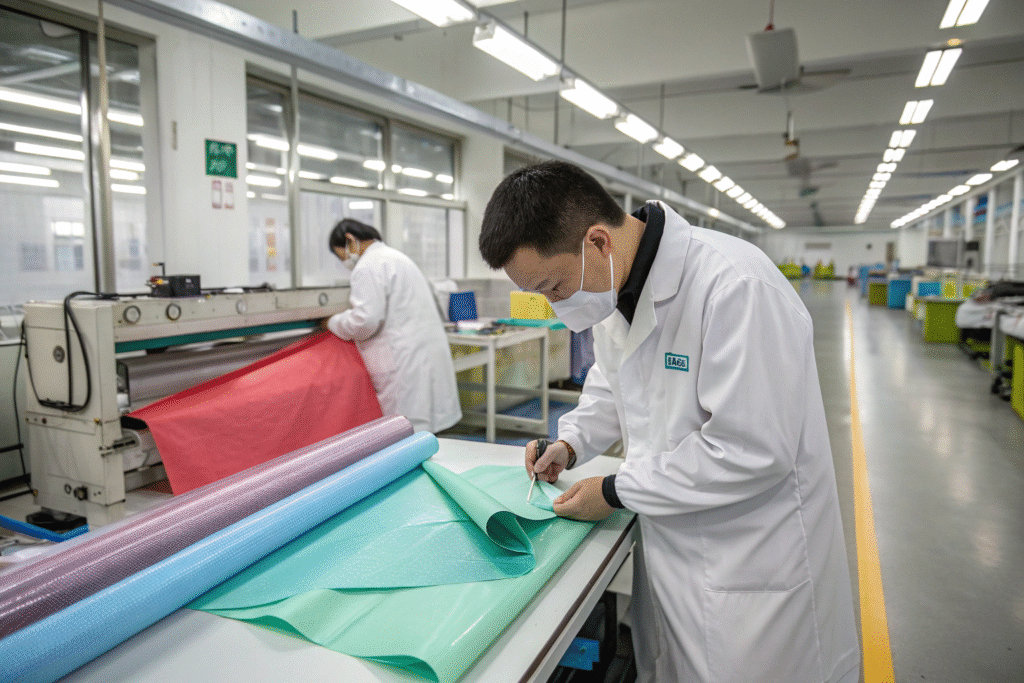
How Do You Test Sustainable Material Durability?
Durability testing for sustainable materials follows similar protocols to conventional materials but with some important differences. We test for tensile strength, color retention, and wear resistance under various conditions. Each material type requires customized testing approaches.
For organic cotton accessories, we focus on shrinkage tests and color fastness. Recycled polyester undergoes rigorous stress testing and UV resistance evaluation. Our quality control team has developed specialized testing equipment that simulates real-world usage conditions. The American Society for Testing and Materials provides standards that guide our testing procedures for sustainable materials.
What Certifications Matter for Sustainable Accessories?
Certifications provide third-party verification of sustainability claims. They're increasingly important for brands selling to environmentally conscious consumers. We help our clients navigate the certification landscape to choose the most relevant options for their markets.
The most valued certifications include GOTS for organic textiles, GRS for recycled materials, and OEKO-TEX for safety standards. Each certification has specific requirements and testing protocols. We maintain these certifications for our factory and products, giving clients confidence in their sustainability claims. The Sustainable Apparel Coalition offers resources that help brands understand which certifications matter most for their specific markets.
How Can Brands Transition to Sustainable Accessory Lines?
Transitioning to sustainable accessory production requires careful planning and execution. Many brands want to make the switch but aren't sure where to start. Based on our experience helping numerous clients, we've developed a proven approach to this transition.
Brands can transition to sustainable accessory lines by starting with best-selling products, gradually incorporating eco-friendly materials, and clearly communicating changes to consumers. A phased approach minimizes risk while building sustainable expertise. We recommend beginning with 1-2 product categories and expanding from there.
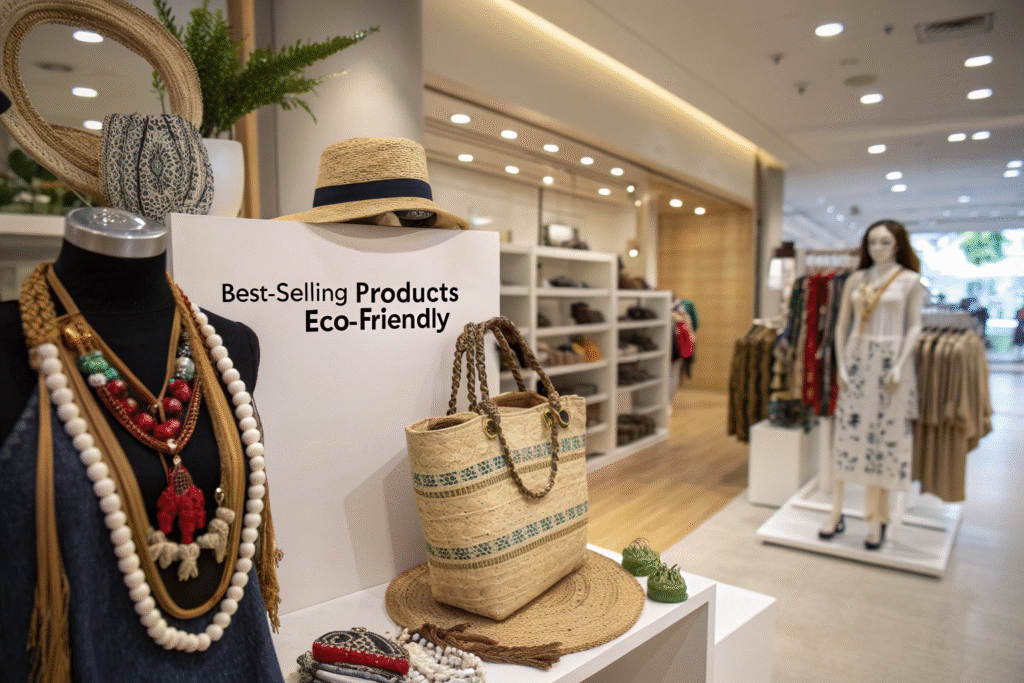
What's the First Step in Switching to Sustainable Materials?
The first step is conducting a sustainability audit of current products. This helps identify which items are easiest to convert and which materials will work best. We help clients analyze their best-selling products and recommend sustainable alternatives.
Our process begins with material selection and sample development. We create prototypes using sustainable materials that match the quality and appearance of original products. Once samples are approved, we develop a production timeline that minimizes disruption to existing supply chains. The Fashion for Good initiative provides excellent guidance for brands beginning their sustainability journey.
How Long Does the Transition Process Typically Take?
The transition timeline varies depending on product complexity and material availability. Simple products like hair bands or basic scarves might take 2-3 months. More complex items like structured bags or technical hats could require 6-8 months.
Our project managers work closely with clients to create realistic timelines. The process includes material sourcing, sample development, testing, and production scaling. We've helped some clients launch their first sustainable products within 60 days by leveraging our existing material inventories and manufacturing expertise. The key is starting with products that have straightforward material requirements.
Conclusion
Sustainable materials are fundamentally changing accessory manufacturing for the better. They offer environmental benefits while meeting growing consumer demand for eco-friendly products. The revolution in sustainable manufacturing is creating new opportunities for brands that embrace these changes early.
At AceAccessory, we've seen how sustainable materials can enhance product appeal while maintaining quality standards. The transition requires careful planning but delivers significant rewards. From reduced environmental impact to improved market positioning, the benefits are clear and compelling.
If you're ready to explore how sustainable materials can transform your accessory lines, we'd be happy to share our expertise. Contact our Business Director Elaine at elaine@fumaoclothing.com to discuss how we can help you develop eco-friendly accessories that meet your quality and sustainability standards.

